The Immersive Digital Environment Jindal Pathway @JSAA is the first-of-its-kind four-year undergraduate design program in India. Designed to train you develop immersive environments and craft impactful narratives using AR, VR, and MR technologies, this program will provide you expertise in advanced visual capture systems, hybrid virtual-physical immersion, and data-driven storytelling frameworks that enhance sensory engagement and support sense-making and placemaking.
Designed for students who want to work in areas spanning metaverse platforms, digital workplaces, robot-assisted surgeries, remote healthcare, gaming, films, smart city design, heritage preservation, and virtual tours, this program will help you redefine how we experience and shape the world today and in the future.
Upon the successful completion of this program, you will be awarded a Bachelor of Design (B. Des) degree.
The coursework in the Immersive Digital Environment Jindal Pathway @JSAA is divided into two parts,
Duration - 4 Years
In the Major area of study students of JSAA have to take courses across 4 categories
A minimum of 24 credits in the program is reserved as either open coursework for students to take any elective courses in the school or university as they desire or,
To use towards a preconfigured minor program of study within JSAA or the university at large. The minor program of study provides three major advantages to a JSAA graduate
Currently students of JSAA have the option to undertake minor program of study in the following areas
Tuition Fees*: 4,00,000 (INR per annum)
| Particulars | Amount in (Rs.) |
| Accommodation Charges* | 2,18,000 per annum |
| Other Allied Services Charges* (Other Allied Services including but not limited to food, Laundry, Security Services, Housekeeping charges, electricity etc.)* | 1,17,000 per annum |
| Refundable Security Deposit** (One time payment) | 50,000 |
*The Tuition fee, accommodation charges and other allied service charges are subject to an annual increase of ten percent (10%).
**The security deposit will be fully refunded, subject to the completion of studies and/or receipt of a ‘No Dues Certificate’. The security deposit shall not carry any interest.
@JSAA
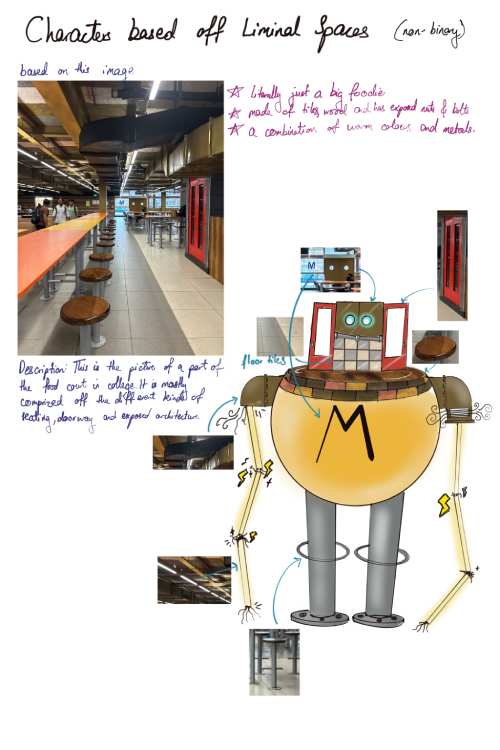
Aaleesha Sawhney, 2nd year
Character Design
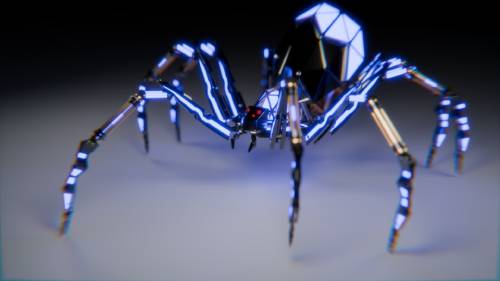
Vikram Rajasimha, 1st year
IDE Forensic Atelier, Spider – created this using Blender

Vikram Rajasimha, 1st year
Immersive Revolution, VR Project – created this using Unity

Vikram Rajasimha, 1st year
Digital Skills, Pepsi Ad – created this using Blender
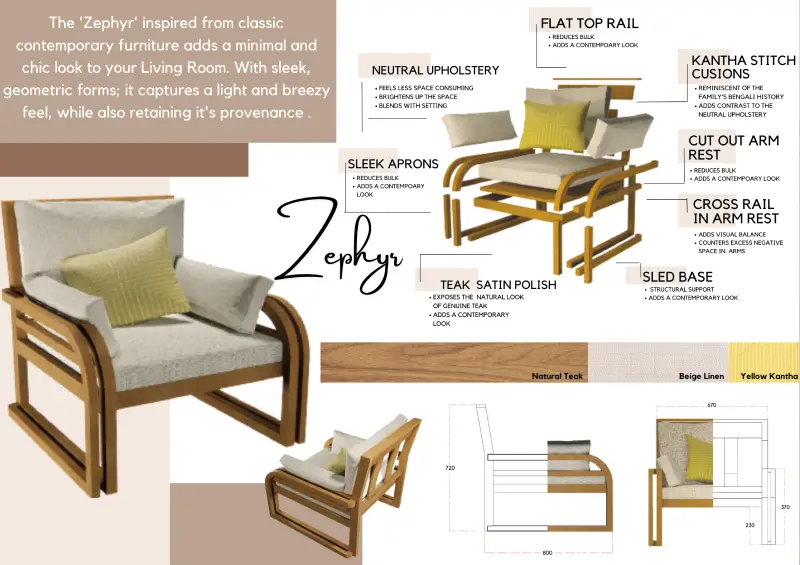
Snigdha Padakandla, 2nd year
Character Design

Uday Kalra, 2nd year
Character Design
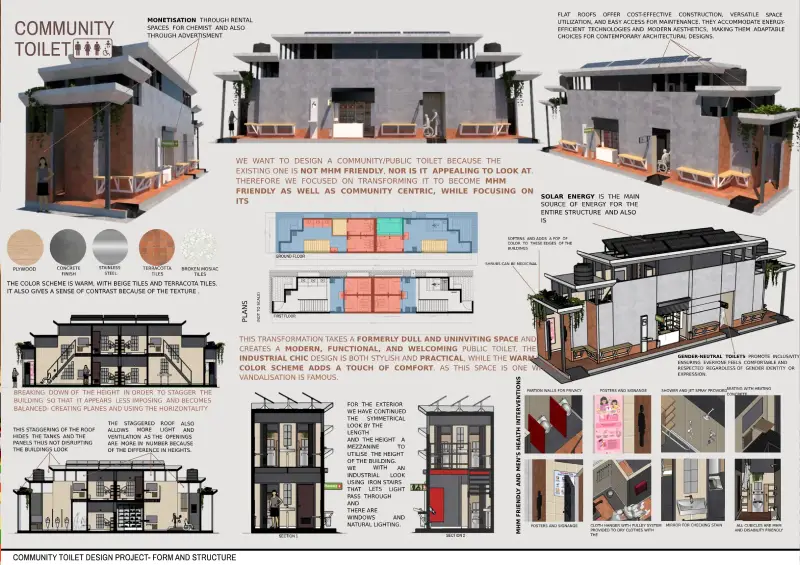
Aaleesha Sawhney, 2nd year
Immersive Revolution – created this using Maya
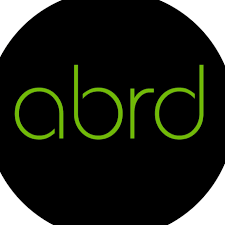













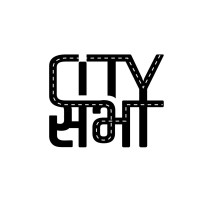










_Malaysia.png)












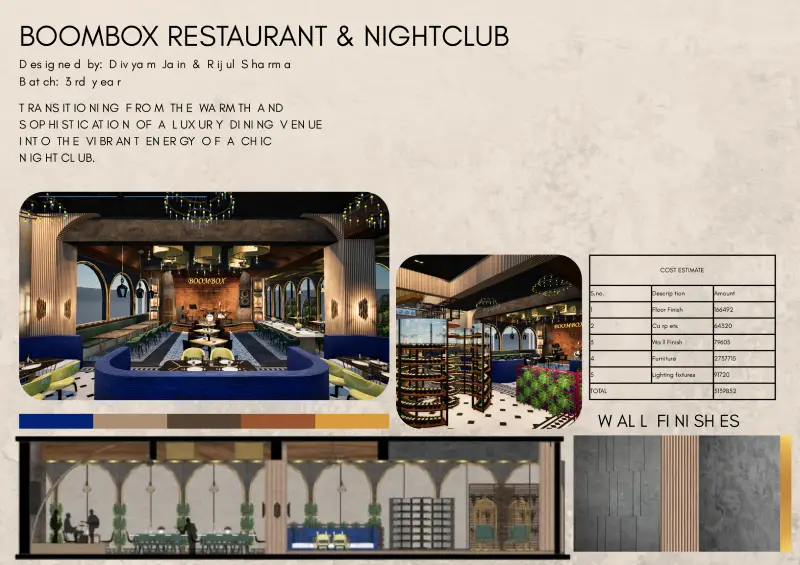
Beyond Reality: Exploring the Boundless Landscapes of XR Technology
By Shreya Sethi CEO, XR Vision Labs

From Play to Purpose: VR and XR Shaping Our Daily Realities
By Kshitij Srivastav, Application Engineer, Siemens Digital Industry
This program makes you eligible for top master’s degree programs nationally and internationally, in and not limited to:
A minimum of 50% in any discipline in the 10+2 or equivalent board of examinations (CBSE, ISC, State Boards, IB, Cambridge, and other Government Recognized Boards).
A minimum of 50% marks in any of the following recognized design entrance examinations — JCAT / UCEED / NATA / SAT / ACT / NID / NIFT
A portfolio of works. To learn how to build your portfolio, please click here for more details.